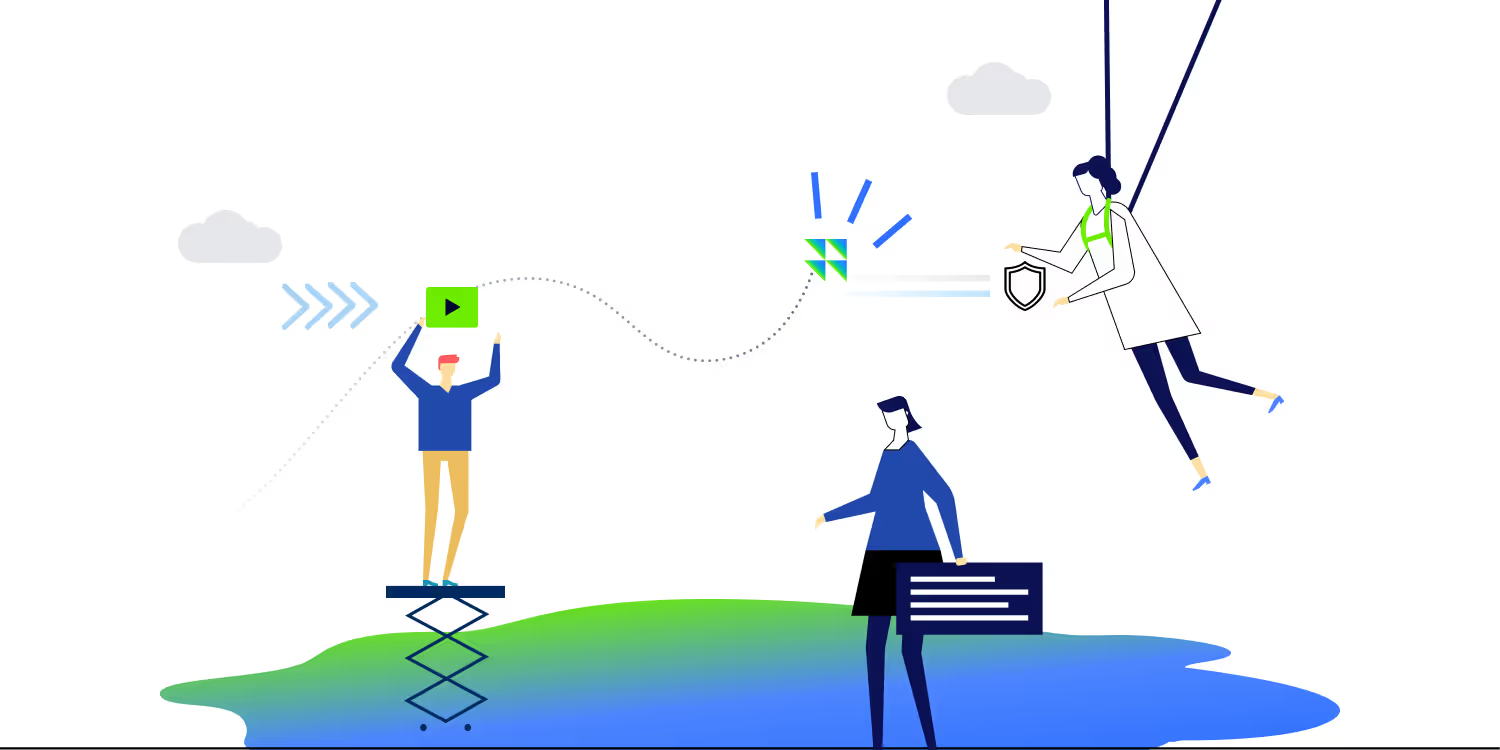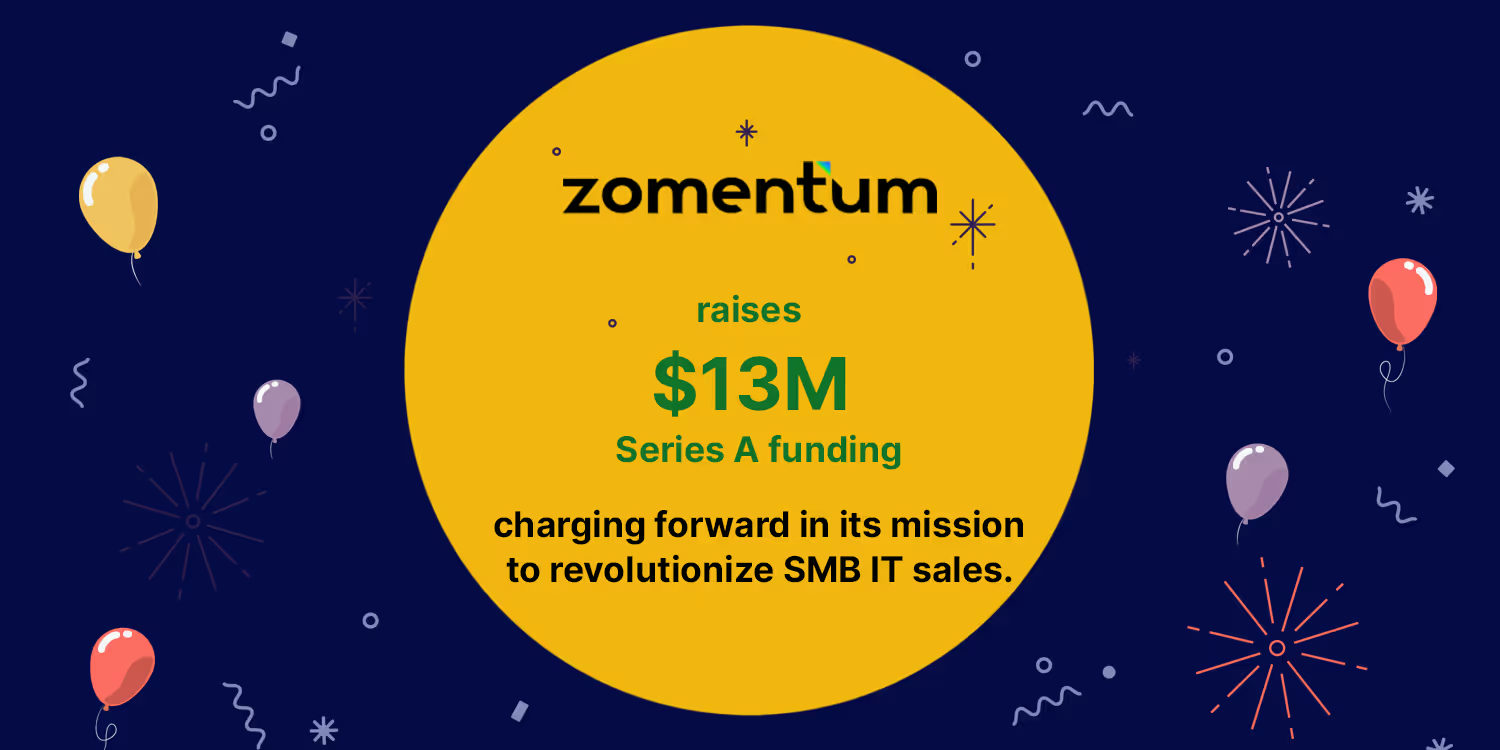The Quintessential Truth about Selling
.avif)
My dad always told me that selling was about building relationships and knowing how to be part of a team. I always thought that made sense. He was also fond of saying “all of our customers are a**holes, but at least they’re our a**holes”. I always thought that was funny. He always smiled when he said it.
The simple, immutable truth is this; selling today is about two things – solving a business problem and solving a math problem. They are both solvable, and yet I know of very few MSPs who actually take the time to solve both. Let’s identify what I mean by each and walk through some simple steps to address each problem.
First, is the business problem. You have a product and/or a service to sell, and you have to be able to deliver on the promises attendant to that sale. The quality and viability of that product/service is the responsibility of the business owner.
Your solution needs to be relevant to the market you are serving. It needs to solve more problems than it causes. It needs to somehow add to the bottom line of your customers. You need to tell the customer how it will positively impact the bottom line. It needs to get at least marginally better over time. You need to be likable. You need to be absolutely trustworthy. So do your employees. The price needs to be both affordable and believable. Pretty much every day!
If that seems easy, you are delusional. It requires constant attention to detail. It requires the business owner to predict what is coming next and to know what technologies to avoid. Those who succeed here are way more than halfway to success. Congrats if that is you.
Secondly, math problem is easier, but it requires tools and commitment. With the right tools and the right amount of commitment, any MSP can master the “Sales Funnel”. Here is how…
First – figure out how many dollars you want to grow your business quarterly. Then, if you have a consistent enough revenue plan to translate that into seats per quarter, do that math ($10k per quarter equals 67 seats per quarter, which is between 3-5 new clients. Let’s call it 5 to be safe).
Second - if you want to land 5 new clients you probably need to market effectively to 200 potential clients assuming a 2.5% close ratio (Sales cycles matter as well, but we are going to ignore that aspect of funnel management for this blog). Suffice it to say, if you target roughly 200 suspects with an effective campaign that generates interest, you are likely to have conversations with 20 of them. You are likely to get to an action stage with 10 of them.
Third – The action stage may be an assessment, a walkthrough, a presentation of value, whatever you do. If you have done everything right up to this point, you will close 5 of these clients for every 200 you target.
The total cost of this campaign ranges, but you should be able to do all of this for somewhere around $5k. If you land what you were trying to land, you spent $5K on $10K per month worth of business for the next year, or $120K. Well worth the effort.
One last important little nugget. Sales funnel management is not easy to do manually. There are lots of moving parts and people who need to work together to make it all successful. Documentation is a must, and communication with the prospects needs to be consistent, timely and valuable. Without the right tool, most of this effort is going to come apart at the seams.
If all of this seems like something you might want to try and tackle next quarter, check out https://zomentum.com. You might just find all the tools you need to make next quarter a very successful one.
Suggested Blogs

What’s new in Zomentum - December 2019
.avif)
Zomentum Announces the Top Influential Partners of 2023: Leading the Way in Growth and Innovation

